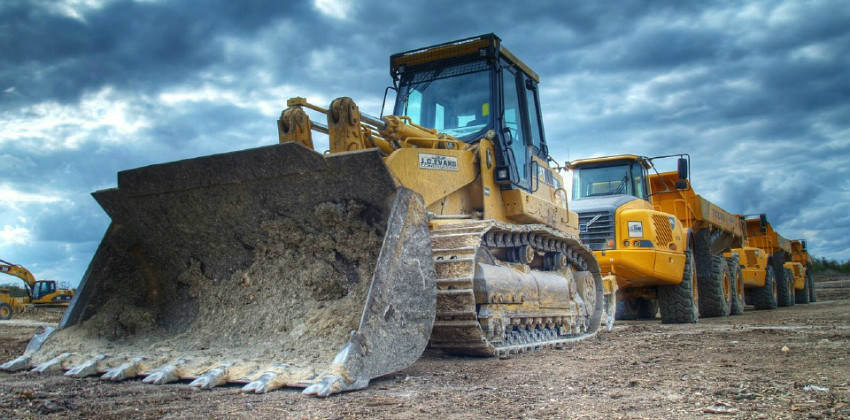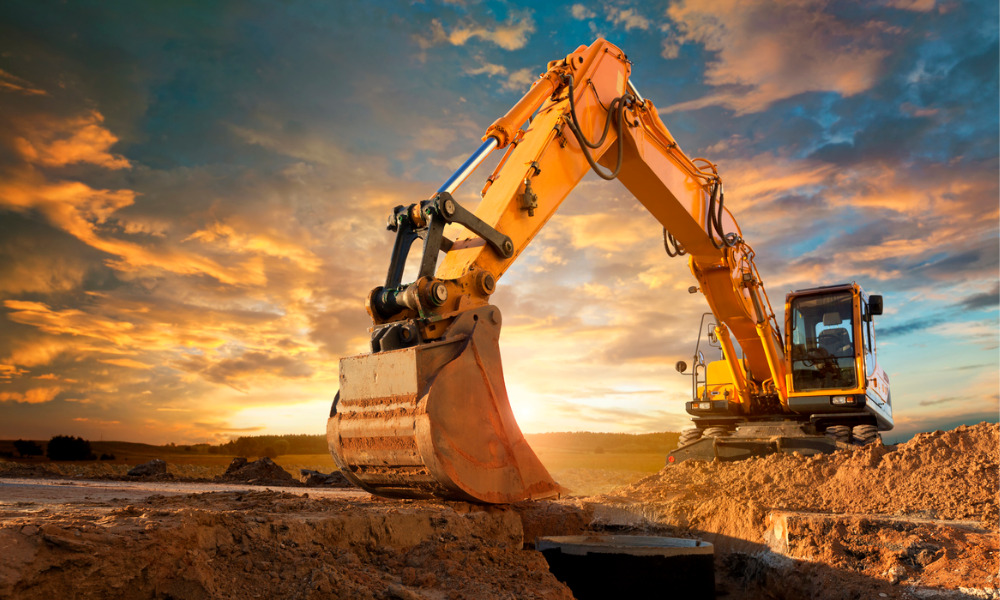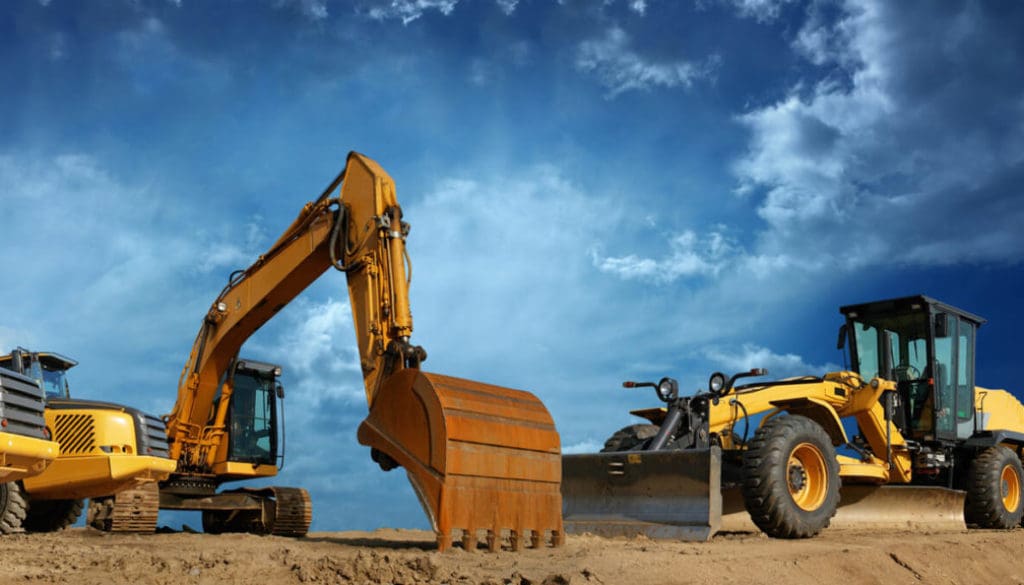Scissor Lift Rental: Safe and Efficient Solutions
Wiki Article
Renting Vs. Buying Building Tools: Making the Right Choice for Your Project
When beginning on a construction project, one of the essential decisions that forecast managers and stakeholders deal with is whether to lease or purchase building devices. The decision pivots on different elements such as cost considerations, project period, tools maintenance, threat, adaptability, and scalability administration.Price Factors To Consider
When examining the monetary element of acquiring versus leasing building and construction equipment, the upfront expenses and long-lasting costs must be meticulously thought about. Leasing tools typically calls for lower preliminary payments compared to buying, making it an eye-catching option for short-term projects or professionals with budget plan restrictions. Renting eliminates the requirement for huge resources investments and minimizes the economic risk related to equipment ownership, such as upkeep and depreciation costs. However, in the future, continually renting out tools can collect greater prices than purchasing, especially for prolonged tasks.On the other hand, purchasing building and construction equipment entails higher upfront prices but can result in lasting savings, particularly for regular users or long-lasting tasks. Eventually, the choice in between renting out and getting building and construction tools hinges on the project's period, frequency of use, budget plan considerations, and long-lasting economic objectives.
Job Period

On the other hand, for long-term projects or recurring building and construction work, getting tools might be the extra affordable option. Buying devices can result in set you back financial savings over time, especially if the devices will be regularly made use of. In addition, possessing equipment provides a sense of control over its availability and permits modification to fit details project requirements.

Equipment Maintenance
Offered the essential role task duration plays in identifying the most cost-effective approach between purchasing and renting out building and construction tools, the focus currently changes towards analyzing the crucial element of devices maintenance. On the other hand, having equipment calls for a proactive strategy to upkeep to prevent malfunctions, guarantee safety and security, and expand the devices's life-span. Ultimately, a well-maintained building and construction tools fleet, whether leased or possessed, is important for the effective and successful conclusion of construction tasks.Flexibility and Scalability
In the world of construction equipment administration, the element of versatility and scalability holds substantial significance for task efficiency and resource use. Choosing to rent building and construction devices gives a high level of versatility as it enables for the fast change of devices types and amounts based on the advancing requirements of a project.In addition, scalability, another critical element, is naturally connected to flexibility. Leasing construction devices supplies the benefit of quickly scaling operations up or down as project demands fluctuate. Professionals can quickly exchange or include equipment to match the project's altering needs without the restrictions batching plant machine of owning properties that might become underutilized or obsolete. This capacity to scale resources efficiently can lead to cost savings and boosted project timelines, making renting a desirable alternative for jobs needing adaptability and responsive resource allocation.
Risk Administration
Reliable threat administration in building tools operations is extremely important to ensuring job success and mitigating prospective monetary losses. Building and construction tasks naturally include different dangers, such as devices breakdowns, crashes, and project hold-ups, which can substantially affect the task timeline and spending plan. By carefully thinking about the risks related to owning or renting building tools, useful reference project managers can make enlightened decisions to lessen these prospective threats.Renting out building and construction tools can provide a degree of risk mitigation by transferring the duty of repair and maintenance to the rental company. This can decrease the monetary worry on the project proprietor in instance of unforeseen tools failures (boom lift rental). Additionally, leasing supplies the versatility to access specialized devices for particular task phases, reducing the risk of having underutilized equipment
On the other hand, having building and construction tools provides a sense of control over its usage and upkeep. However, this additionally suggests bearing the full duty for repair services, upkeep expenses, and depreciation, boosting the financial dangers connected with devices possession. Careful risk analysis and consideration of variables such as job duration, tools application, and maintenance demands are critical in establishing one of the most suitable choice for effective danger monitoring in construction tasks.
Verdict
To conclude, when making a decision in between renting and acquiring building and construction devices, it is important to consider expense, job duration, equipment maintenance, threat, flexibility, and scalability management. Each element plays a critical duty in identifying the most appropriate alternative for the job at hand. By very carefully assessing these published here elements, project managers can make an educated choice that aligns with their spending plan, timeline, and overall job objectives.
Report this wiki page